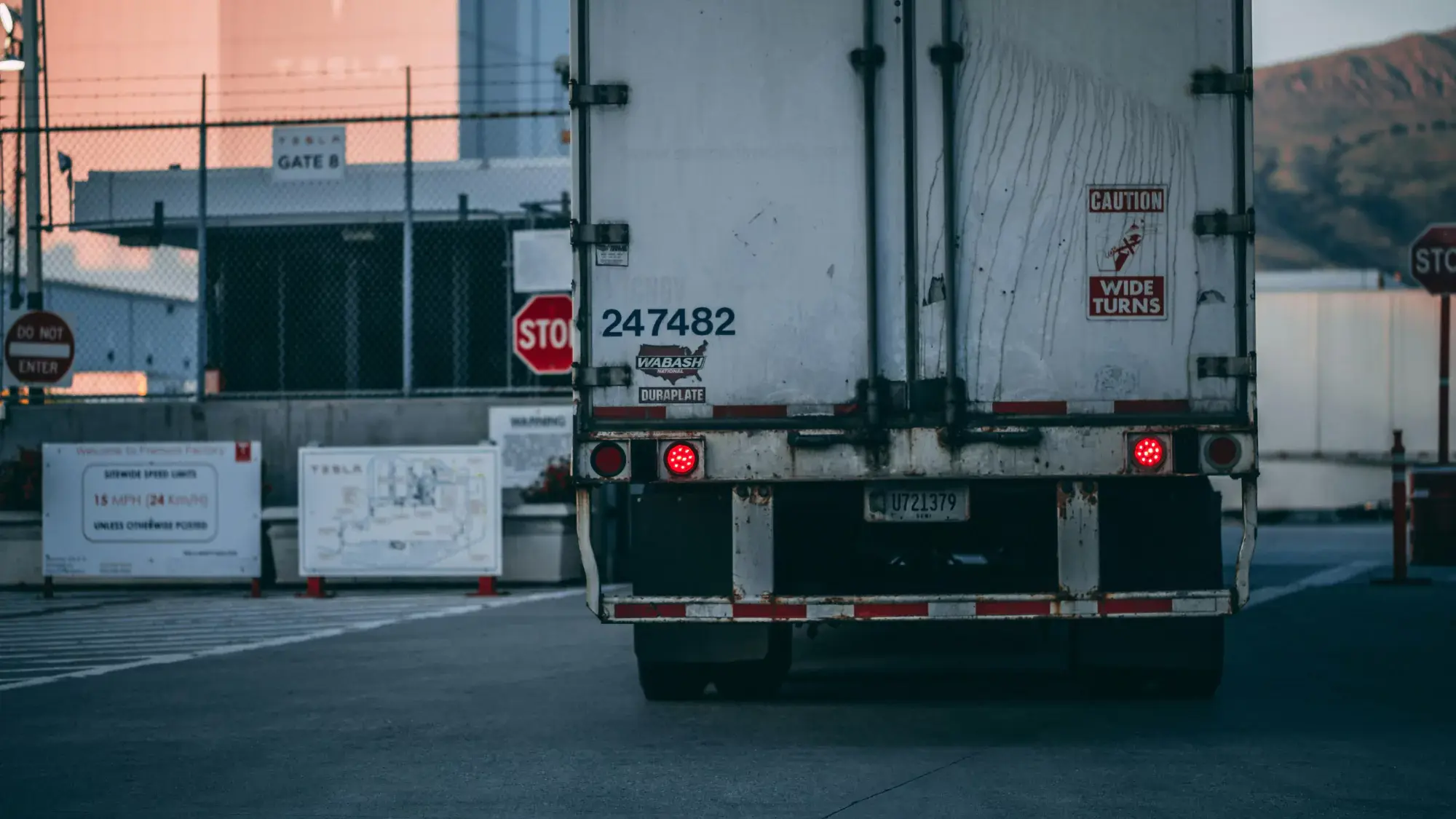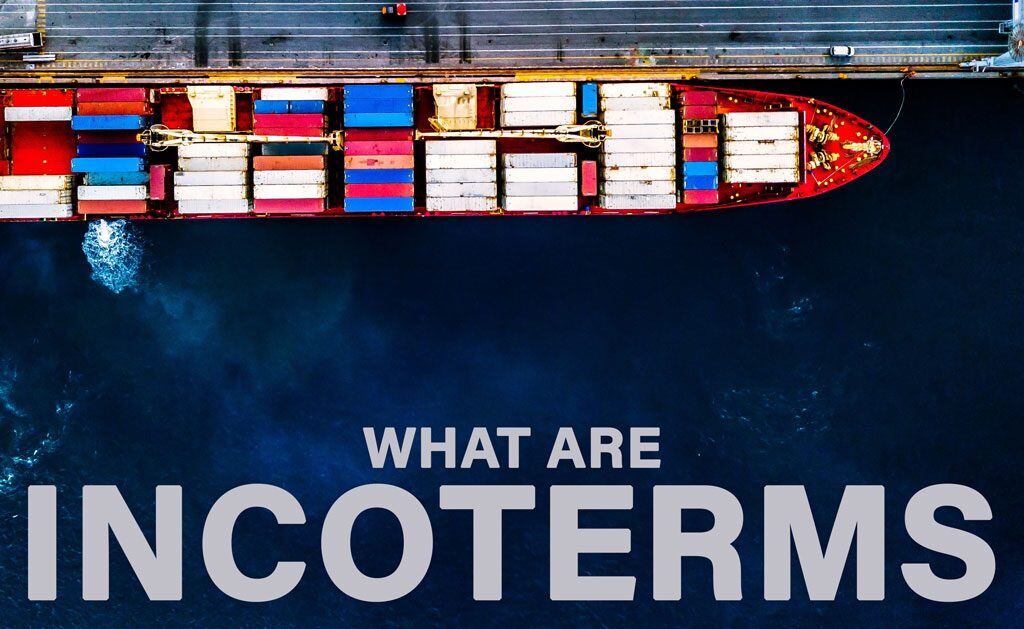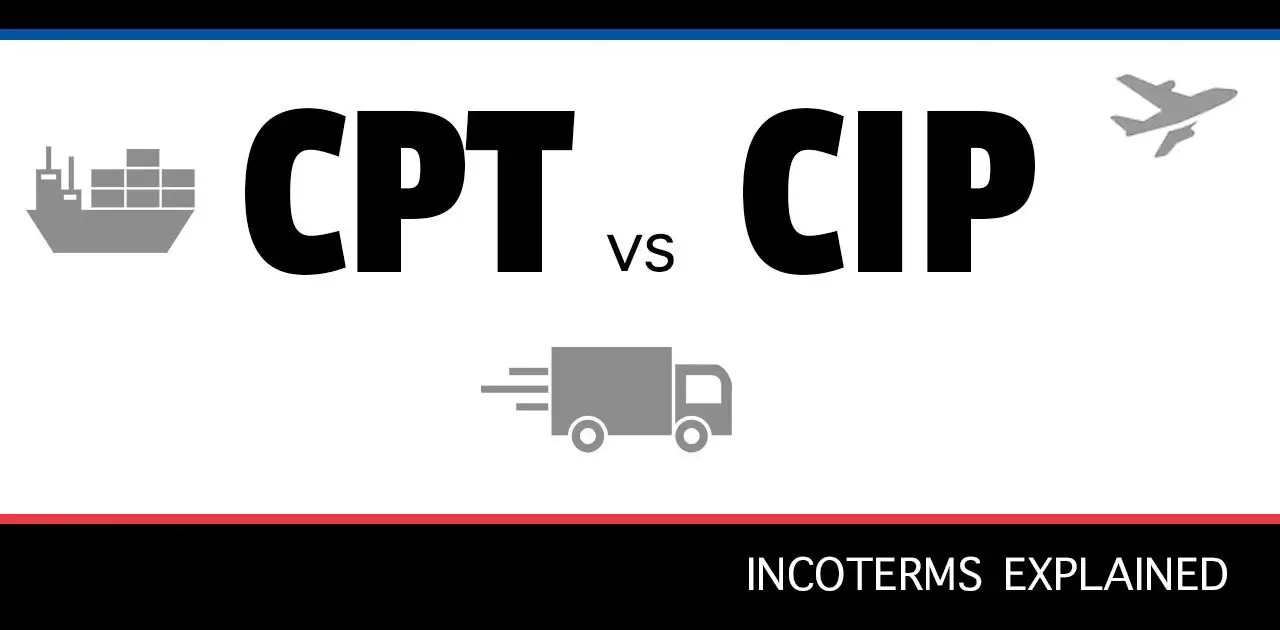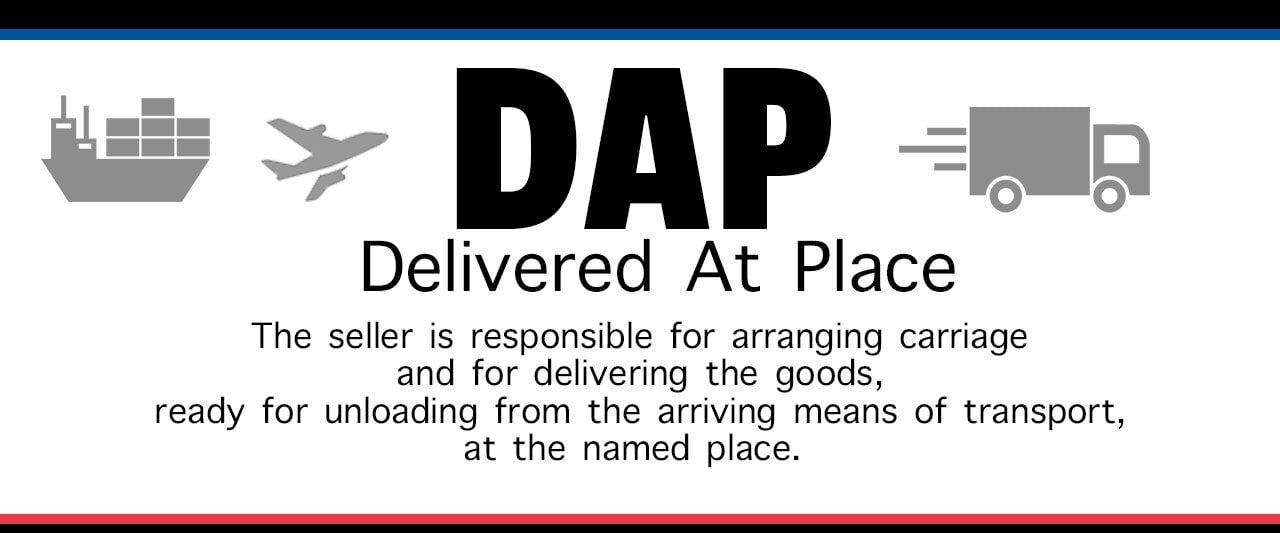
Keeping freight costs under control presents a growing challenge for manufacturers in 2025. We're seeing operational expenses creep up across the board, from tighter safety regulations to the ever-present issue of fuel price swings and rising tolls on essential routes.
Factor in the unpredictable nature of Midwest freight rates, driven by market shifts and potential capacity crunches, and it's clear that a proactive approach is needed. To protect profitability, innovative strategies focused on real freight cost reduction through comprehensive logistics optimization are becoming increasingly vital.
The True Cost of Freight: Beyond the Base Rate
When we talk about freight costs, it's easy to focus on the number that first jumps out at you–the base freight rate. That's the fundamental charge for moving your goods from point A to point B. However, to truly understand what your supply chain is costing you, especially as we navigate the complexities of 2025, we need to look beyond that initial figure and consider the Total Landed Cost (TLC). This comprehensive view provides a far more accurate picture of your overall financial outlay and is crucial for making informed decisions.
Think of the base rate as just the starting point. Layered on top of that are a variety of other expenses, often referred to as accessorial charges. These can include fees for things like:
-
Detention: Charges incurred when a truck is held up longer than expected at loading or unloading.
-
Demurrage: Similar to detention, but typically applies to railcar delays.
-
Liftgate service: Fees for using a liftgate to load or unload cargo at locations without a dock.
-
Residential delivery: Additional charges for delivering to a private residence.
Then there's the ever-present factor of fuel surcharges. As we all know, fuel prices can be incredibly volatile, and these fluctuations directly impact transportation costs. Carriers often implement surcharges to account for these changes, and these can vary significantly depending on market conditions. Ignoring fuel surcharges in your cost calculations can lead to substantial budget discrepancies.
Depending on your specific operations, other elements of TLC can come into play. If you're involved in cross-border shipping or dealing with certain types of commodities, taxes and duties will be a crucial component of your total cost. Similarly, the cost of insurance to protect your goods during transit is an important consideration, as unexpected damage or loss can lead to significant financial setbacks.
Finally, let's not overlook inventory carrying costs. Inefficient shipping schedules or unexpected delays can lead to longer inventory holding times. The longer your goods sit in a warehouse, the more you incur in storage fees, handling costs, and even the opportunity cost of having capital tied up in stagnant inventory. While not a direct transportation cost, it's undeniably linked to the efficiency and reliability of your freight movements.
Strategies for Effective Freight Cost Reduction
Seeing the bigger picture of freight costs is just the first step. Now, let's get into the actionable strategies that Midwestern manufacturers can put to work to really tame those expenses in 2025.
Leveraging Technology for Intelligent Decision-Making
Technology today isn't just a luxury–it's a standard for efficient freight management. Think of a Transportation Management System (TMS) as your central command center for all things shipping. It's a software platform that gives you real-time visibility and control over your transportation operations. Integrated with a quoting tool, it enables intelligent carrier selection by comparing rates, transit times, and service in real-time, ensuring you make cost-effective choices. It also optimizes mode selection (LTL, FTL, intermodal) based on your specific needs.
Beyond execution, the data analytics within a TMS can reveal cost-saving trends and highlight areas for improvement. For example, a manufacturer might use their TMS to spot a pattern of high accessorial charges from a particular carrier on short LTL shipments, prompting a beneficial carrier switch.
Consolidation and Smart Shipping
Don't let small shipments nickel and dime you. Freight consolidation strategies, like combining multiple LTL shipments into a multi-stop FTL load or utilizing pooled distribution for regional deliveries, can yield significant savings. You'll often see reduced handling costs and lower rates per pound or mile. Industry figures consistently show a notable cost difference between LTL and FTL for similar volumes. Imagine a manufacturer in Indiana consolidating several LTL orders heading to Chicago retailers into a single truckload, potentially cutting their shipping costs for those orders by 15-20%.
Strategic Partnerships: Amplifying Negotiating Power
Going it alone can take away from your core business objectives and make logistics management harder than it has to be. In contrast, partnering with a third-party logistics (3PL) provider offers significant advantages. A 3PL's aggregated shipping volume unlocks stronger negotiating power and better volume discounts with carriers than individual shippers can typically achieve. Their established carrier relationships can lead to more favorable FTL and LTL rates. Plus, their market insights are invaluable for navigating fluctuating Midwest freight rates effectively.
Route Optimization for Efficiency and Savings
The path your freight takes directly impacts your fuel bill and transit times. Route optimization technology and careful planning identify the most efficient routes, minimizing mileage and fuel consumption by considering factors like traffic and road conditions. Implementing route optimization software can lead to tangible reductions in delivery mileage and associated fuel costs–a real win-win.
Meticulous Freight Invoice Auditing
Don't leave money on the table due to billing errors. Freight invoice auditing, while sometimes overlooked, is crucial for cost control. Incorrect rates, duplicate charges, and wrong accessorial fees are more common than you might think. Consistent auditing, especially through automated services, can recover significant overpayments and ensure you're only paying what you should. Industry data suggests a noteworthy percentage of freight invoices contain errors, making auditing a smart investment.
Customodal: Your Partner in Navigating the 2025 Freight Landscape
When it comes to cutting costs in today's freight industry, having the right partner can make all the difference. That's where Customodal comes in. We're dedicated to helping businesses like yours implement the very strategies we've discussed to effectively tame freight costs.
By partnering with us, you gain:
-
Access to a wide network of reliable carriers and competitive rates, ensuring optimal choices for every shipment.
-
Streamlined decision-making through our technology tools, including an intuitive TMS and quoting tool, simplifying the comparison of options and streamlining booking.
-
Valuable insights into market trends and expert guidance to navigate fluctuating Midwest freight rates effectively.
-
Skilled negotiation support to secure favorable FTL agreements and identify LTL savings opportunities.
-
Assistance with TMS implementation and leveraging data for continuous logistics cost optimization.
-
Expertise in facilitating freight consolidation and route optimization to maximize efficiency and minimize expenses.
-
Thorough freight invoice auditing services to ensure billing accuracy and recover potential overpayments.
Ready to take control of your freight costs in 2025? Explore the potential savings and efficiencies Customodal can unlock for your Midwestern manufacturing business.
Download our quoting tool infographic to get started on a path to smarter, more cost-effective shipping.





